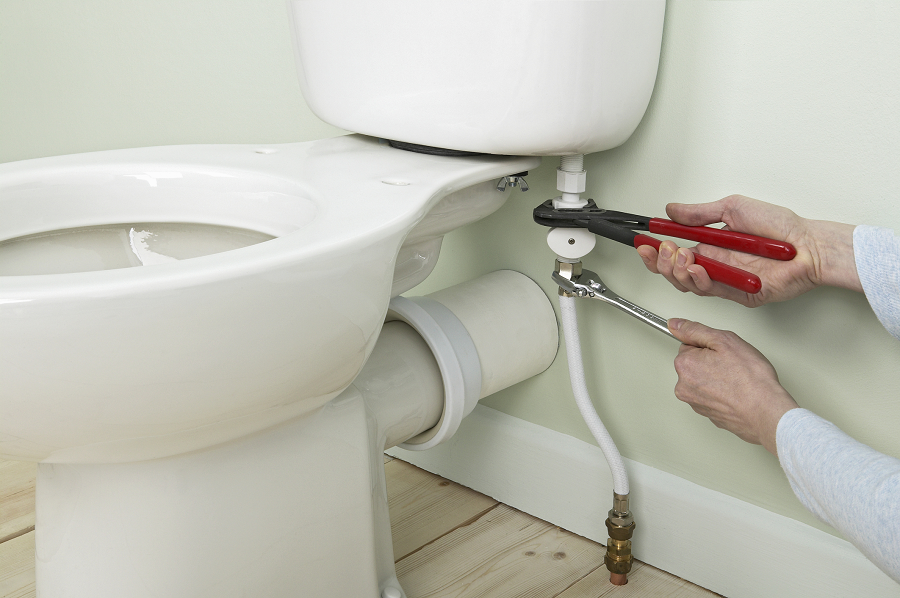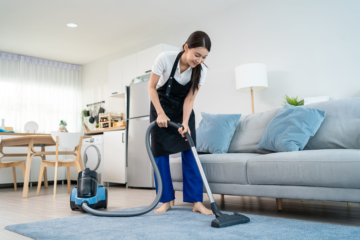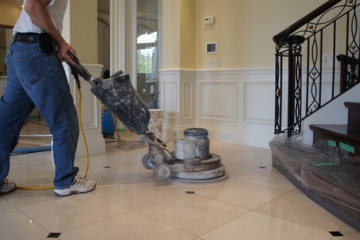Leading Causes of Toilet Leakage

Do you find yourself hearing trickling water droplets coming from your toilet at night? Is your floor slippery and moist throughout the day? If so, you may be having a toilet leakage in your home. Toilet leakages are not an uncommon problem as wear and tear over time causes the flushing mechanism to become faulty. This can be highly costly to you as utility bills climb due to the accumulated wastage. How then can homeowners spot toilet leakages as early as possible? In this article, we cover 2 of the leading causes of toilet leakages as well as the dangers posed by unchecked leakages.
Before you start to investigate the source of a suspected toilet leakage, you should familiarize yourself with how a toilet works. Doing so is a relatively simple process; open the toilet lid and flush the toilet a couple of times to observe how the process works. Generally, when you flush a toilet, the chain or link arm lifts the flapper which in turn lets the water in the tank to cascade into the bowl. While this is occurring, a float will drop as the water drains. When the float reaches the bottom, it forces the valve to close the flapper, thus allowing the tank to be filled with water.
Defective flappers are a common issue in leaking toilets. If the flapper is stuck open, water will be allowed to constantly trickle through the tank and into the bowl. Typically, this happens due to the chain or link arm having caught an obstruction. Alternatively, the flapper may simply be not aligned to the opening. In both cases, a slight manual adjustment will be needed to ensure that the flapper settles back in place after a flush. Where the flapper has built-up sediments, homeowners should clean or replace the flapper as soon as possible.
The float valve is another common source of defects in toilets. In situations where the float valve does not shut off properly when the tank is filled, you will have to adjust the level of the float. This can be done by moving the float down slightly while ensuring that the float does not touch anything else.
Any toilet leakage should be addressed with urgency to prevent water wastage. Additionally, the leakages from your toilet have the potential to breach various surfaces such as your floor tiles. If left unchecked, a moisture ponding effect will be created, enabling mold to grow in your house’s structure. Beyond presenting an ugly sight, mold also weakens the structural integrity of the house. This endangers the inhabitants of the home as the foundation structure may become ill-equipped to support the weight of top-level structures.




